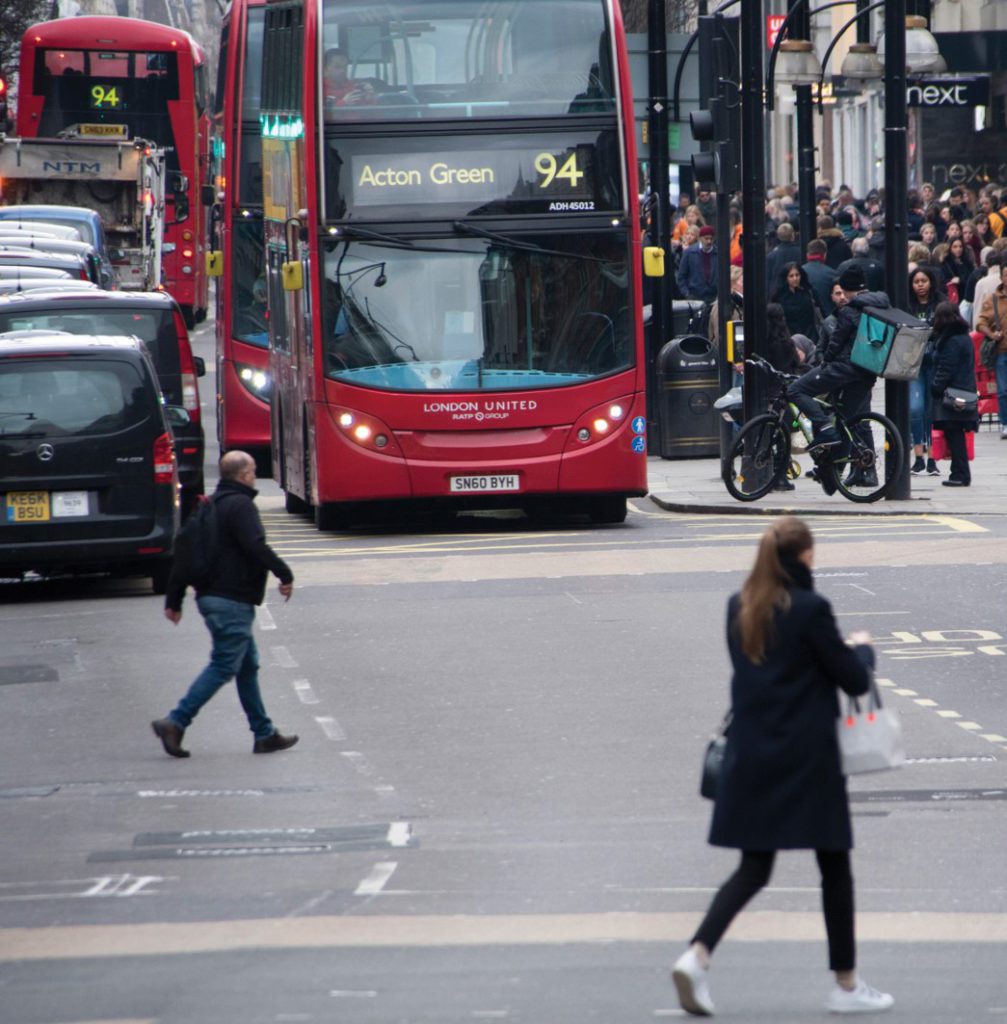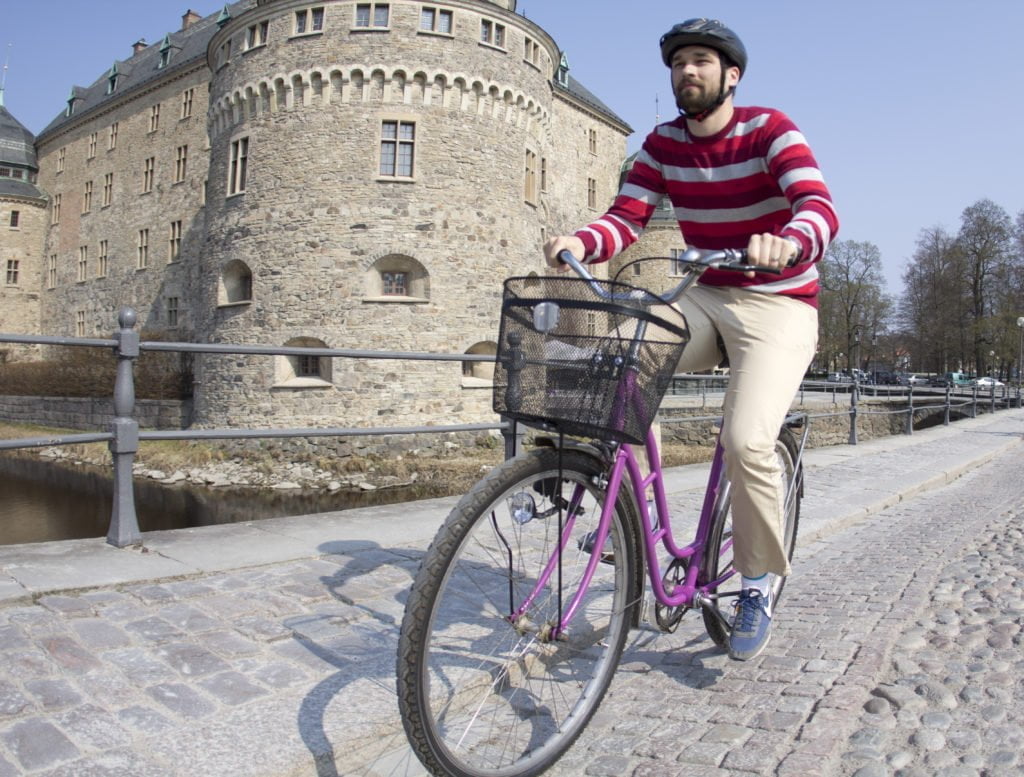European cities can tackle the overweight and obesity epidemic by promoting cycling
 The analysis – part of the European Commission funded Physical Activity through Sustainable Transport Approaches (PASTA) project – of data from 7 European cities suggests that daily cyclists weigh less than their non-active counterparts. The study, published in the journal Environment International, also finds that riding an e-bike is associated with a higher BMI as compared to regular cyclists. In ascending order, cyclists have the lowest BMI, then walkers, public transport users, motorcyclists, users of an electric bike, and finally car drivers have the highest BMI.
The analysis – part of the European Commission funded Physical Activity through Sustainable Transport Approaches (PASTA) project – of data from 7 European cities suggests that daily cyclists weigh less than their non-active counterparts. The study, published in the journal Environment International, also finds that riding an e-bike is associated with a higher BMI as compared to regular cyclists. In ascending order, cyclists have the lowest BMI, then walkers, public transport users, motorcyclists, users of an electric bike, and finally car drivers have the highest BMI.
“By following over 2000 urban dwellers over time, we found that men who switch from car driving to cycling for their daily travel lose on average 0.75 kg of weight. For women, this was a little bit less.”, states Evi Dons, researcher from Hasselt University and VITO and first author of the paper. As important is the finding that people who cycle at least occasionally to go to work or to run errands, will keep their weight. “This way it prevents overweight people of gaining additional weight, and it prevents those who are of normal weight from becoming overweight or obese.”
It is well known that overweight and obesity are important risk factors for a number of chronic diseases and cancer.
David Rojas, researcher at the Barcelona Institute for Global Health (ISGlobal), adds “Worldwide obesity has nearly tripled since 1975. In 2016, more than 1.9 billion adults, 18 years and older, were overweight. Of these over 650 million were obese. These are huge numbers, but fortunately overweight and obesity, as well as their related non-communicable diseases, are largely preventable, for example by walking or cycling for daily travel.
Investigating the association between transport mode choice and BMI on one timepoint, as many previous studies did, overestimates the possible weight loss in cyclists. Urban dwellers partly self-select themselves as being a cyclist: someone of a lower weight is more likely to cycle. However, our longitudinal approach confirmed that taking up cycling for daily travel indeed also reduces BMI. The study focused on traveling to go to work, to run errands, to pick up children, etc. Observed weight differences are independent of possible changes in weight due to recreational cycling, walking or jogging, sports, or being physically active at work.
Promoting active mobility in cities may therefore provide an opportunity to fight the overweight and obesity epidemic, contributing in turn to reduce the very high burden of non-communicable diseases. As part of the PASTA project, researchers have listed a number of good practices for cities to promote active mobility.
The PASTA Handbook of good practice case studies for promotion of walking and cycling can be found here.



